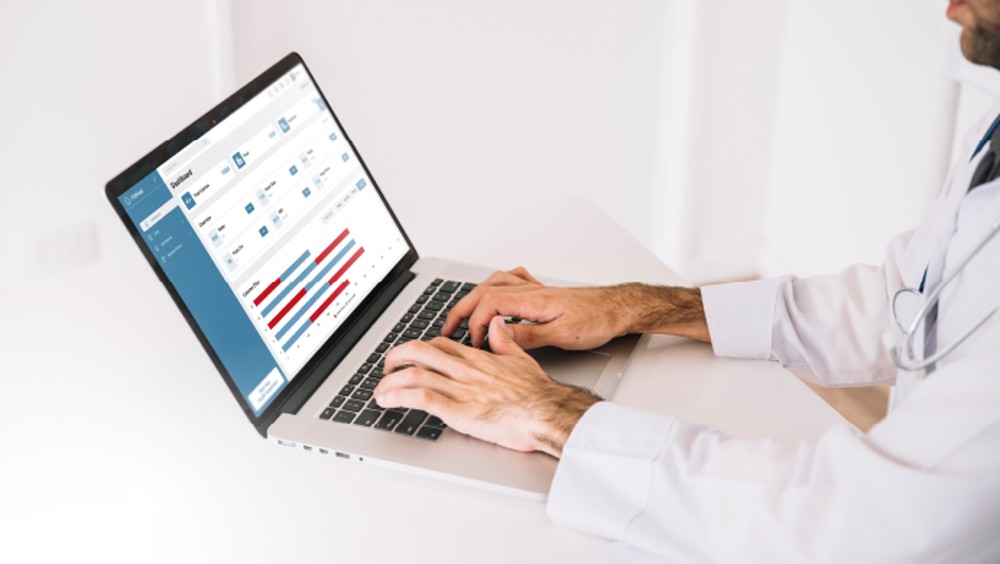Hospitals never sleep. Despite the tireless efforts of physicians and medical staff to monitor patients around the clock, it is impossible to detect every underlying complication or emergency situation that may arise.
At the time of a patient’s admission, physicians are frequently unable to determine accurate hemodynamic parameters. When doctors or staff are absent, the condition of apparently healthy patients may suddenly deteriorate. When not under constant observation, cardiac patients may develop heart blockages or infections. Patients who have been discharged may return with new or exacerbated symptoms.
What’s The Impact Of Remote Patient Monitoring On Market, and Clinicians?
What is RPM’s current status?
According to a report published in November 2020, the RPM market is projected to reach $117.1 billion by 2025, up from $23.2 billion in 2018. A 2019 survey revealed that 88% of providers were evaluating RPM solutions or had already implemented them. In order to make RPM a more accessible solution, CMS modified its reimbursement policies as a result of the increased interest and demand for these solutions over the past two years, which was also due to the pandemic.
What Do Physicians Do With The Data Generated Through Remote Patient Monitoring
Data collection from modern devices and applications is made easier by healthcare IT service providers. Smart wearables, tablets, and smartphones are outfitted with software that utilizes device sensors to transmit body data directly to remote patient monitoring platforms.
By connecting devices such as blood glucose monitors or weight scales via Bluetooth technology through remote patient monitoring platforms, a patient’s data is automatically transmitted, rather than measured and entered manually by the patient.
These sophisticated tools allow clinicians to monitor a patient’s state and illness progression and make treatments that can reduce ER visits, readmissions, and even save lives. RPM also makes use of wireless medical devices such as intelligent stethoscopes. In Europe, this type of stethoscope, which is sent to patients enrolled in telemedicine services, is used to detect, label, and analyze pathological sounds present in the lungs during assisted self-examinations by patients.
These results are then sent to a physician, who evaluates them and decides whether or not the patients can continue to be remotely monitored or whether they require an in-person visit. These intelligent stethoscopes allow for the early detection of respiratory problems in both adults and children. These devices help prevent hospital overcrowding, reduce the risk of disease transmission, and provide patients with the care they require.
How Doctors Are Saving Costs And Reducing Risks on Human Errors Through Remote Patient Monitoring?
Reduction of Risks
As a result of remote monitoring of health indicators such as blood sugar or heart rate, patients with serious conditions can avoid hospitalization. Physicians and healthcare providers can reduce the likelihood of hospitalization by remotely monitoring changes in vital body signs.
Unlock Restricted Hospital Assets
The pandemic of COVID-19 has placed a tremendous strain on hospitals in the United States and in many other nations. With shortages of hospital staff and available beds, the ability to remotely monitor patients at home frees up scarce resources for the most critical cases.
Doctors Can Expand Their Reach Anytime
RPM allows doctors to track patients’ progress after they leave the office. During the COVID-19 epidemic, RPM has allowed doctors to monitor chronic patients remotely, limiting their exposure to the virus. This is essential since research shows that patients with these disorders are more likely to develop COVID symptoms or consequences.
Timely Intervention
Transporting a patient to the hospital can be quite distressing, and a provider or nurse practitioner is frequently not present at the nursing home during the night. With Remote Patient Monitoring, they can make a fast phone call to prevent sending a nursing home patient to the hospital, saving time, money, and an unnecessary transfer. In high-risk patient scenarios, immediate real-time direct intervention could be implemented to prevent the condition from deteriorating.
Conclusion
The evolution and trends of the healthcare industry have been on the rise for a considerable amount of time, and developers of healthcare apps are only accelerating this trend. We are well aware that healthcare mobility solutions will benefit not only the healthcare industry but the entire world.
We have created a number of innovative and original mobile healthcare applications for our clients. Our objective through remote patient monitoring is to assist medical organizations and providers in the development of superior healthcare solutions that customers will adore.
If you intend to launch remote patient monitoring services you can get in touch with our healthcare IT service providers at Digi Healthcare.


























